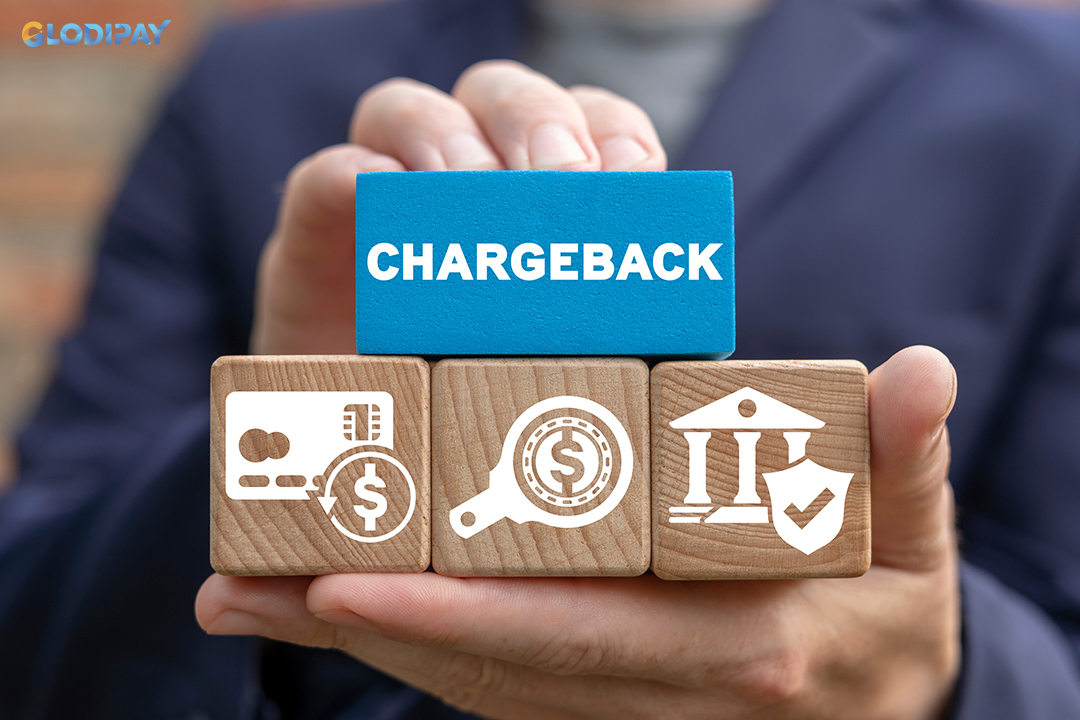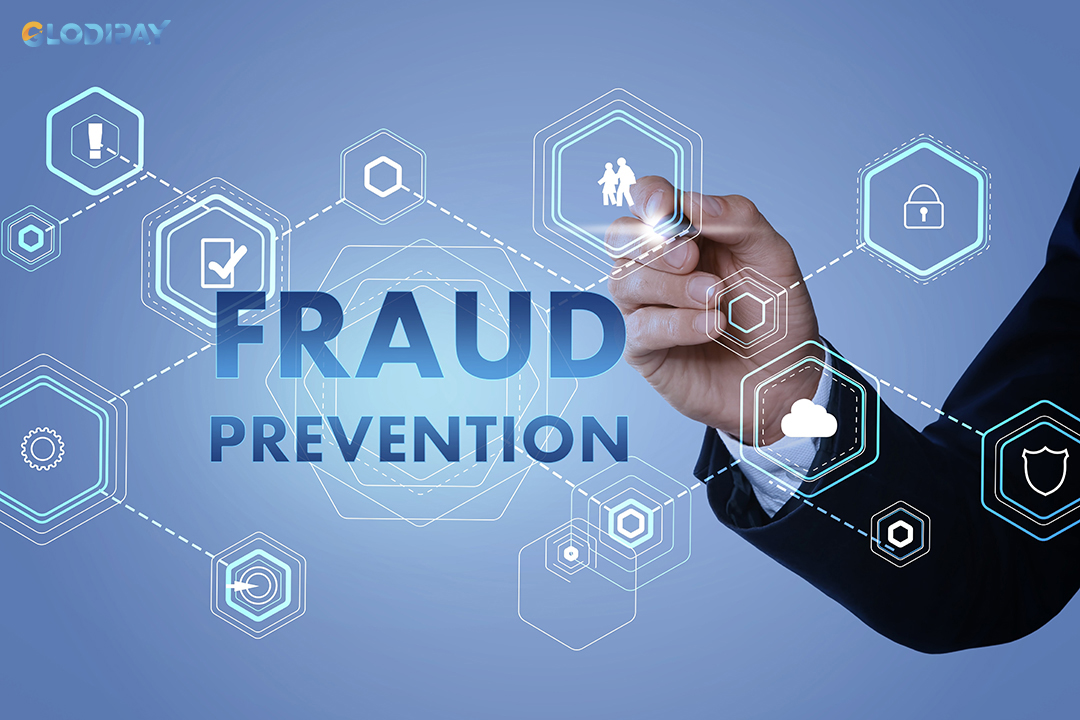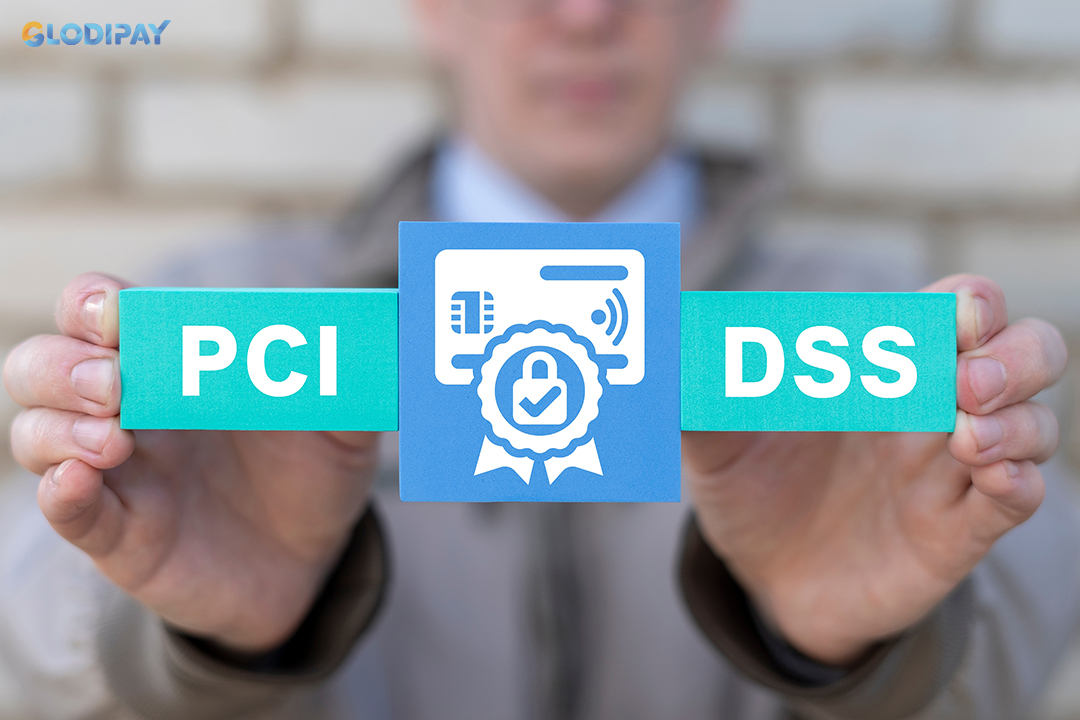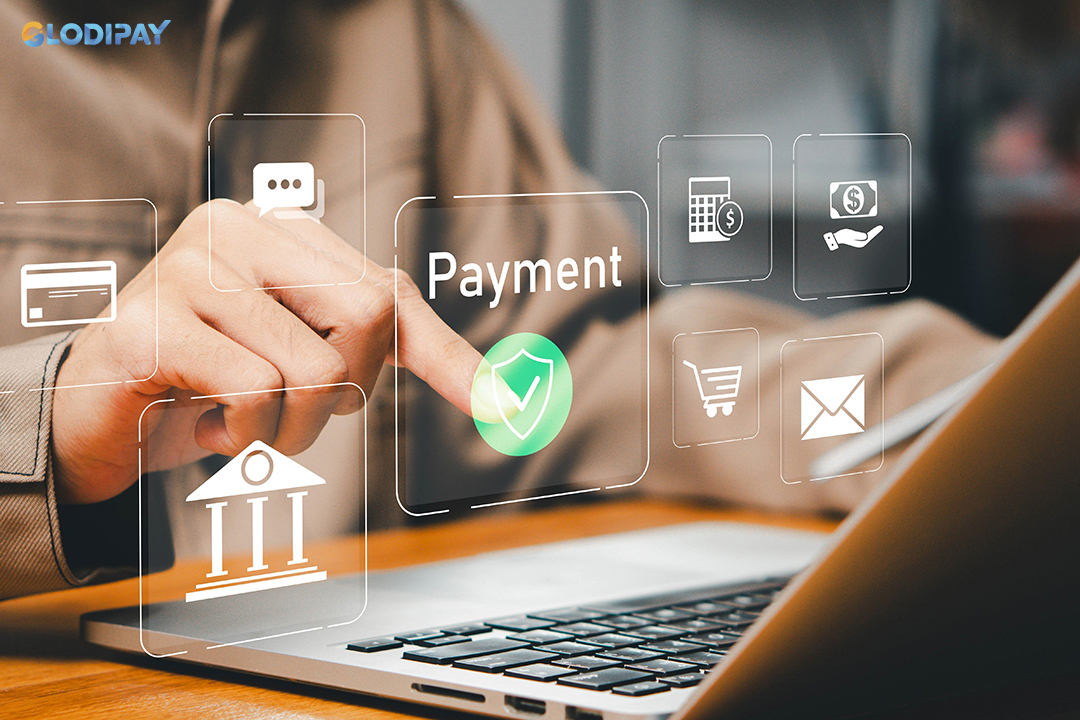For high-risk businesses, payment processing in 2025 has never been more challenging. Chargebacks, stricter regulations, and acquiring bank scrutiny can quickly put an account at risk. But with the right strategies, merchants can not only survive but thrive. This article of GLODIPAY explores how high-risk businesses can safeguard their merchant accounts, reduce disputes, and maintain payment stability.
Understanding the high-risk label
The term “high-risk” applies to many legitimate businesses, not just questionable ones. In 2025, banks and payment providers rely heavily on data, ratios, and compliance standards to decide whether to keep or close merchant accounts. Two factors matter most: chargebacks and industry-specific risks.
The chargeback numbers game
Chargebacks are forced refunds initiated by banks when customers dispute transactions. A small number is normal, but once your chargeback ratio crosses the 0.9 - 1% threshold, Visa and Mastercard flag your account as risky. This can trigger additional reviews, higher reserves, and stricter rules for your business. In 2025, tolerance levels are even lower, which means merchants must monitor disputes daily rather than monthly.
Why a high chargeback ratio gets you blacklisted
Exceeding the 1% threshold repeatedly can land your business in monitoring programs, which acts as a global payments blacklist. Once flagged, acquiring new processors becomes nearly impossible, and those who accept you will impose higher fees and stricter terms. The damage extends beyond payments, your reputation also suffers as partners and customers see your brand as unstable. Staying off this list is one of the most important steps for survival in 2025.

The term “high-risk” applies to many legitimate businesses, not just questionable ones
How to keep merchant accounts alive
To stay active, high-risk merchants need to show acquiring banks that they can control disputes and manage risk. This requires proactive communication, transparent practices, and the right fraud prevention tools.
Building strong relationships with acquiring banks
Acquiring banks analyze every ratio, chargebacks, refunds, fraud, and interchange. They value merchants who communicate openly about potential spikes or risks before they happen. Providing root-cause analysis for disputes, segmenting transaction data by product, and agreeing on a remediation plan demonstrates control. By making banks allies instead of adversaries, you increase the chances of keeping your account stable in the long run.
Practical moves to reduce chargebacks
Reducing disputes is possible with the right systems in place. Clear merchant descriptors help customers recognize charges and avoid disputes, while self-service refund options resolve issues before they escalate. Dynamic fraud filters, chargeback alerts from providers like Ethoca or Verifi, and well-trained support teams can drastically reduce ratios. With consistent effort, merchants often see improvements in less than 90 days, lowering risks and building stronger financial credibility.

To stay active, high-risk merchants need to show acquiring banks that they can control disputes and manage risk
Strengthening fraud prevention in 2025
Fraud remains one of the biggest reasons acquiring banks label accounts as high-risk. In 2025, smarter tools and stricter monitoring are non-negotiable for merchants who want to maintain their payment processing privileges.
Leveraging AI and machine learning
Artificial intelligence is now central to fraud detection. AI-driven systems can analyze thousands of data points in real time, spotting unusual patterns and blocking fraudulent attempts instantly. For high-risk businesses, these tools reduce chargebacks and reassure acquiring banks that risks are being managed proactively.
Multi-layered security tools
No single solution can stop every type of fraud. Combining technologies like 3D Secure, device fingerprinting, velocity checks, and tokenization provides stronger protection. By layering defenses, merchants minimize vulnerabilities while also building trust with payment partners.

Fraud remains one of the biggest reasons acquiring banks label accounts as high-risk
Optimizing customer experience to lower disputes
Customer dissatisfaction is a common trigger for chargebacks. In 2025, focusing on user experience is one of the most effective ways for high-risk merchants to reduce disputes and strengthen long-term account stability.
Transparent refund and return policies
Clear refund and return policies reduce misunderstandings that often lead to chargebacks. Displaying policies upfront, in simple language, shows customers what to expect and gives them an alternative resolution path. This not only cuts disputes but also signals professionalism to acquiring banks.
Clear billing descriptors and communication
Many disputes come from customers not recognizing charges on their bank statements. Using recognizable billing descriptors, brand name plus URL, helps customers recall their purchases. Pairing this with proactive order confirmations and digital receipts ensures fewer unnecessary disputes.
Adapting to regulatory shifts
Regulations for high-risk industries are tightening worldwide. Merchants who stay ahead of compliance requirements will find it easier to maintain their accounts and avoid disruptions in 2025.
Understanding regional compliance requirements
Different countries enforce different rules around data protection, consumer rights, and payment reporting. Staying informed about these laws ensures merchants don’t face sudden freezes or penalties. Businesses that adapt early are more attractive to global acquiring banks.
Partnering with compliance-focused providers
Working with payment partners who prioritize regulatory alignment simplifies operations. Providers that are PCI DSS certified, GDPR compliant, and experienced with local licensing remove the burden from merchants. This proactive compliance approach reduces risks and builds long-term processing security.

Providers that are PCI DSS certified, GDPR compliant, and experienced with local licensing remove the burden from merchants
Why choose GLODIPAY
High-risk businesses can’t afford unreliable partners when it comes to payments. GLODIPAY is built to provide stability, security, and scalability for companies navigating industries where chargebacks and compliance are constant challenges.
Accept payments in 173+ currencies
One of GLODIPAY’s biggest advantages is its ability to support payments in over 173 currencies worldwide. This eliminates the friction of international transactions and allows customers to pay in their local currency. By offering localized pricing, businesses can increase trust and improve conversion rates in every market they enter.
Multiple payment methods for global coverage
GLODIPAY supports a wide variety of payment methods, including credit and debit cards, e-wallets, and local banking options. This flexibility ensures that businesses can cater to customer preferences across regions. By removing barriers to payment, merchants can expand their reach and capture more sales opportunities worldwide.
Built-in security and fraud protection
Security is at the heart of GLODIPAY’s infrastructure. The platform is PCI DSS compliant and includes advanced tools such as 3D Secure authentication and real-time fraud detection. These features help reduce chargebacks, safeguard sensitive data, and protect merchant revenue in even the riskiest industries.
Specialized for high-risk sectors
Unlike generic gateways, GLODIPAY is tailored specifically for high-risk industries where payment challenges are more complex. From stricter fraud controls to seamless compliance with international regulations, it provides the stability that acquiring banks and merchants demand. This specialization makes it easier for high-risk businesses to keep accounts active and scale securely.

GLODIPAY is built to provide stability, security, and scalability for high-risk companies
Surviving as a high-risk merchant in 2025 means mastering chargeback control, staying transparent with acquiring banks, and investing in fraud prevention. By keeping ratios under control and working with the right partners, businesses can protect their accounts while unlocking opportunities for global growth. GLODIPAY empowers merchants with the tools, security, and flexibility needed to thrive in today’s competitive payment landscape. Contact GLODIPAY today to get the earliest support for your high-risk merchants.

